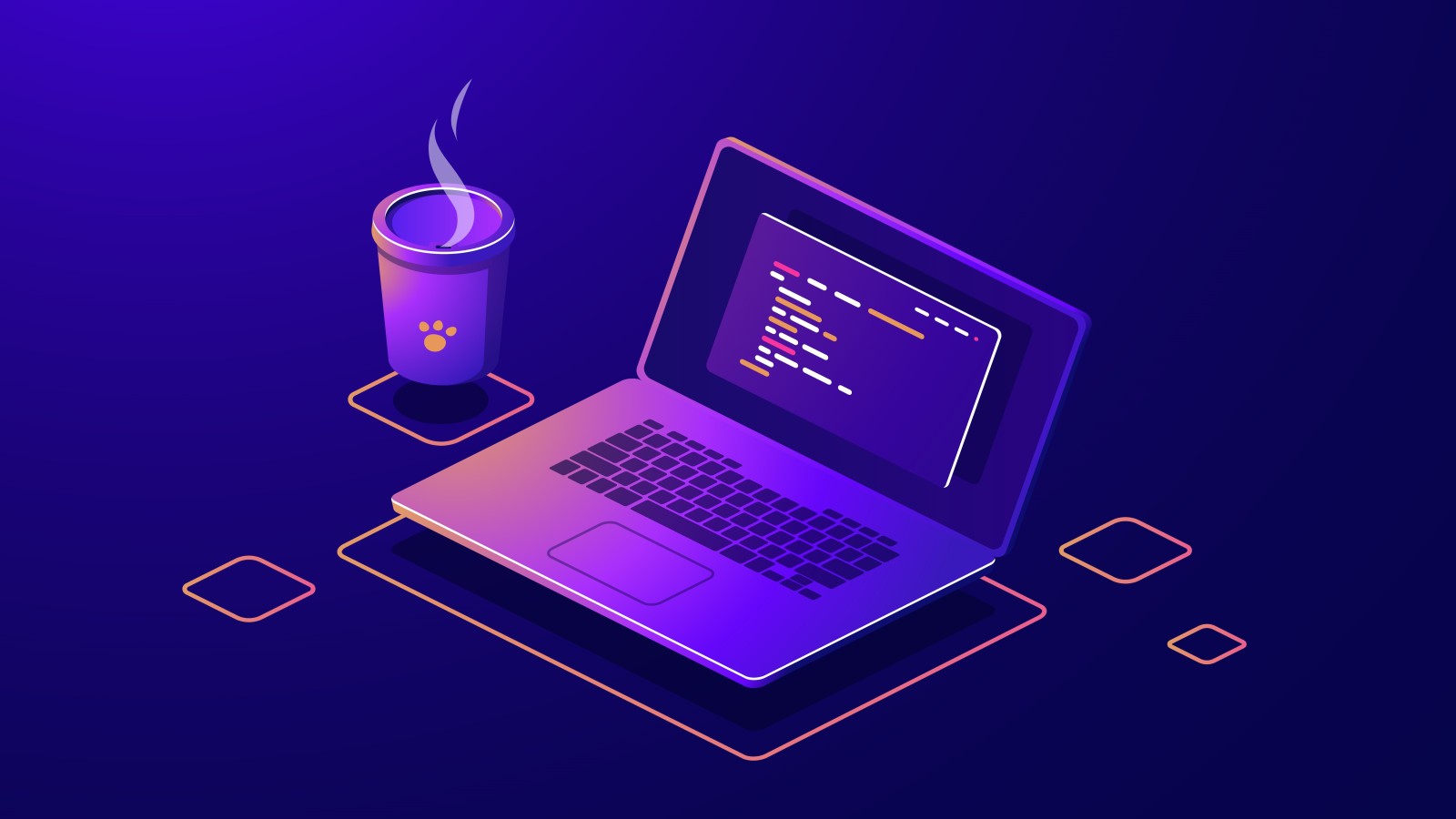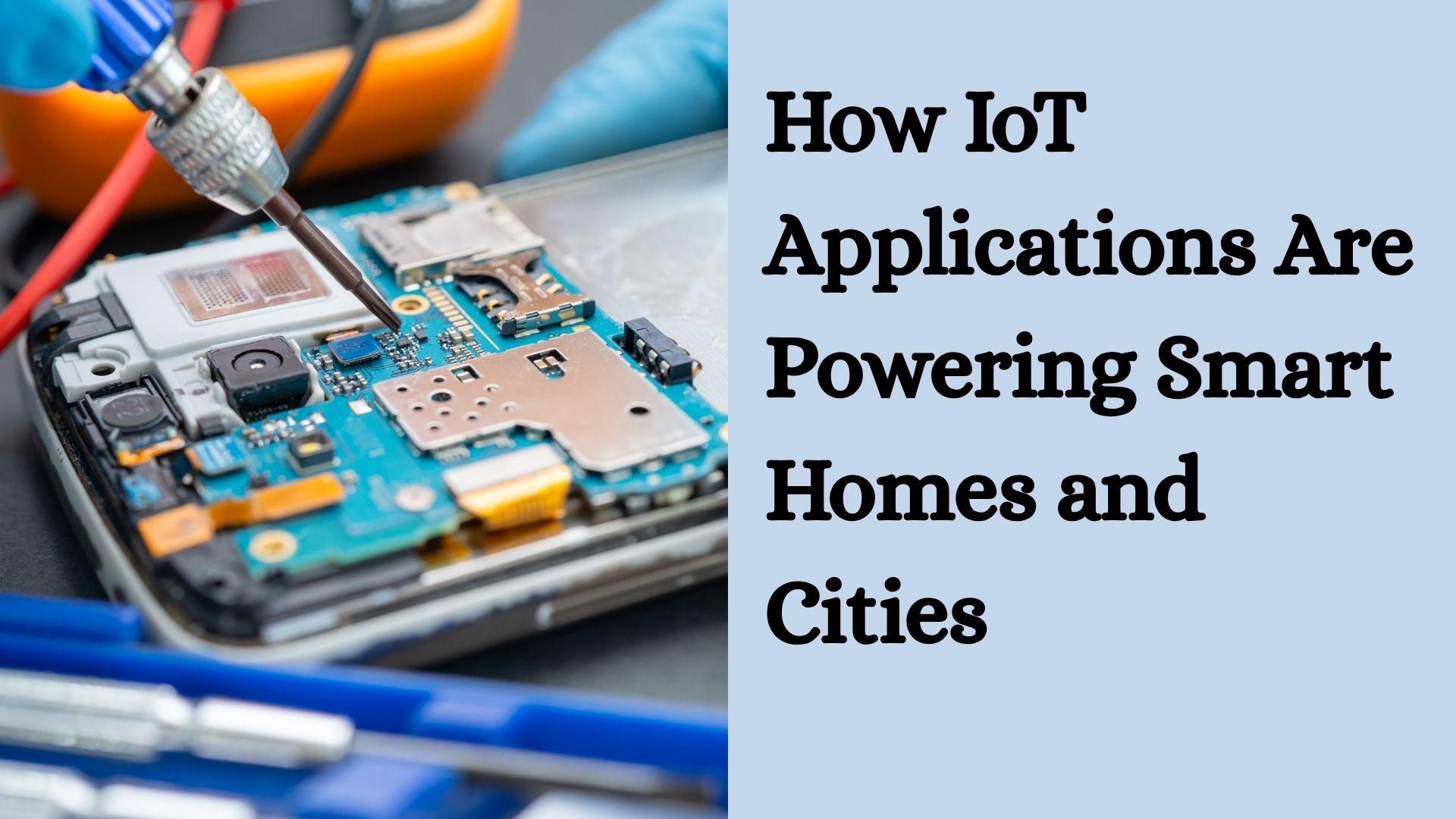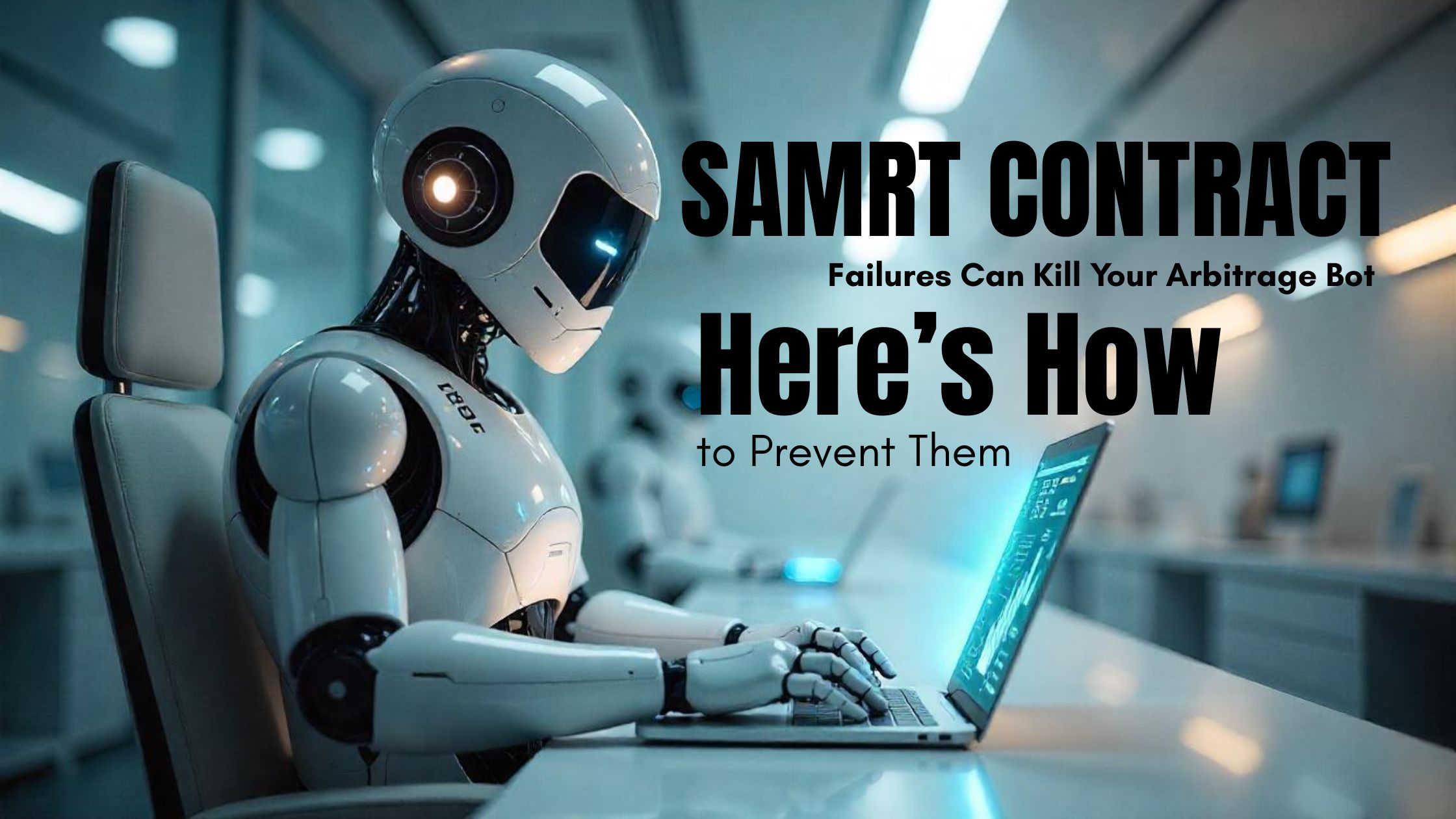Large Language Models (LLMs) have become one of the most transformative technologies of the 21st century. From generating human-like text to coding software, summarizing documents, and powering virtual assistants, LLMs are redefining the boundaries of artificial intelligence. In 2025, the development of LLMs has evolved significantly, moving toward smarter, safer, and more adaptable models. Whether you are an enterprise looking to develop a custom LLM, a startup innovating in the AI space, or a developer seeking technical guidance, understanding the development process and best practices for building LLMs is essential. This guide provides a comprehensive look at the core components, processes, and advancements shaping LLM development in 2025.
Understanding the Foundation of LLMs
At their core, Large Language Models are neural networks trained on massive text corpora to understand and generate human language. The foundation of modern LLMs lies in the transformer architecture, which enables the model to process input data in parallel, capture long-range dependencies, and generate contextually relevant responses. These models are typically pre-trained on general data and fine-tuned for specific tasks or industries.
In 2025, improvements in architectural design, such as sparse attention mechanisms and efficient pretraining methods, have made LLMs more scalable and adaptable. Models are now more efficient in handling domain-specific content, thanks to innovations in tokenization, positional encoding, and reinforcement learning from human feedback (RLHF). Understanding these components is crucial before diving into the development pipeline.
Setting the Scope and Objectives of LLM Development
Before initiating LLM development, defining the scope of the model is critical. In 2025, the focus has shifted from building general-purpose models to creating task-optimized, smaller-scale LLMs with superior accuracy in niche domains. Whether the goal is to power a legal assistant, financial analyst bot, or a healthcare-specific advisor, setting clear objectives influences every step of the development process.
Developers and organizations are encouraged to assess the model’s intended functionality, audience, required data privacy levels, and integration goals. This alignment ensures that the resulting LLM delivers actionable value while remaining cost-effective and computationally sustainable.
Gathering and Preprocessing High-Quality Data
The foundation of any successful LLM lies in the quality and diversity of its training data. In 2025, developers have access to a wide range of public datasets, curated corpora, and synthetic data generation tools. However, data curation has become even more critical due to concerns around bias, misinformation, and copyright violations.
Preprocessing data involves cleaning, normalization, deduplication, and filtering. Techniques such as data augmentation, entity masking, and adversarial testing help improve model robustness. Domain-specific datasets—such as clinical notes for healthcare models or regulatory documents for legal bots—must be meticulously annotated and validated. The preprocessing stage ensures that the model learns from high-fidelity inputs aligned with the target output.
Choosing the Right Model Architecture
Selecting the appropriate architecture depends on the use case, data scale, and deployment constraints. While transformer-based models remain dominant, 2025 has introduced numerous architectural innovations. Models like GPT-4.5, Claude 3, and Mistral have set new benchmarks in multi-modal understanding, memory efficiency, and few-shot learning.
Some organizations opt for open-source models like LLaMA, Falcon, or Mixtral, customizing them to fit unique business needs. Others build LLMs from scratch or license proprietary models for fine-tuning. Each choice presents trade-offs in terms of flexibility, cost, and performance. Understanding architectural variants—decoder-only, encoder-decoder, or hybrid frameworks—is key to successful LLM development.
Training and Fine-Tuning the Model
Training a LLM involves initializing the architecture with random weights and exposing it to large volumes of text to learn language patterns, grammar, facts, and reasoning. Pretraining requires vast computing resources, often leveraging distributed GPUs or TPUs and parallelization strategies such as model and data parallelism.
Once pretrained, the model enters the fine-tuning phase, where it’s optimized for specific tasks or domains. In 2025, parameter-efficient fine-tuning (PEFT) techniques like LoRA (Low-Rank Adaptation), prompt tuning, and adapter layers have become standard practices. These techniques reduce training overhead and allow developers to fine-tune models on smaller datasets without compromising performance.
Continual learning is also on the rise, allowing LLMs to update their knowledge without forgetting prior information. This has proven valuable in dynamic industries where new regulations, trends, or products emerge frequently.
Reinforcement Learning and Human Feedback
One of the most important advances in LLM development is the use of reinforcement learning with human feedback (RLHF). This technique helps align model outputs with human values, intent, and expectations. RLHF has become a cornerstone of responsible AI development in 2025, especially for applications involving customer interaction, legal interpretation, or creative content generation.
Human annotators evaluate outputs generated by the model, ranking them or providing corrective signals. These are then used to train reward models that guide the LLM toward more desirable responses. This feedback loop significantly improves accuracy, coherence, and relevance, making LLMs safer and more aligned with their intended purpose.
Evaluating Model Performance
After training and fine-tuning, rigorous evaluation is necessary to benchmark the model’s performance. Evaluation in 2025 goes beyond basic accuracy or perplexity metrics. Developers now assess contextual coherence, factual consistency, ethical alignment, and hallucination rates.
Automated metrics are supplemented with human evaluations and domain-specific benchmarks. For instance, a medical LLM might be evaluated using clinical question-answering datasets and tested by professional clinicians. Evaluation also includes robustness checks such as adversarial prompts, multilingual comprehension, and long-context reasoning. This comprehensive testing framework ensures the model performs reliably in real-world settings.
Ensuring Ethical, Safe, and Compliant AI
As AI adoption accelerates, ethical and regulatory compliance has become a non-negotiable aspect of LLM development. In 2025, global frameworks like the EU AI Act, U.S. AI Safety Standards, and industry-specific guidelines require transparency, explainability, and safety-by-design in LLMs.
Developers must implement content filtering, moderation systems, and guardrails to prevent harmful or biased outputs. Training data must be audited for fairness, and bias mitigation strategies should be applied to avoid reinforcing stereotypes or misinformation. Transparency tools like model cards and data documentation have become standard practice, allowing stakeholders to understand how the model was built, trained, and evaluated.
Deploying and Integrating LLMs into Applications
Deployment marks the transition from development to real-world usage. LLMs in 2025 are deployed across cloud, edge, and on-premise environments, depending on latency, privacy, and scalability requirements. Cloud APIs are ideal for consumer-facing apps, while edge deployment suits use cases with bandwidth or data sovereignty constraints.
Integration involves connecting the model to user interfaces, APIs, or other business systems. Tools such as LangChain and semantic memory frameworks help developers build context-aware LLM-powered agents. Fine-grained access control, session management, and fallback mechanisms are essential to ensure reliability and user trust during live interactions.
Maintaining and Updating LLMs Over Time
LLM development doesn’t end at deployment. Continuous monitoring, updating, and retraining are critical to maintain performance and relevance. In 2025, MLOps for LLMs—known as LLMOps—has matured into a dedicated practice focused on observability, drift detection, and automated retraining.
Usage logs, feedback signals, and emerging data trends inform periodic updates to the model. Developers now use pipelines that support reproducibility, rollback, and automated testing during updates. This ensures the LLM remains aligned with user needs, regulatory changes, and evolving knowledge bases.
The Rise of Domain-Specific and Private LLMs
One major trend in 2025 is the rise of domain-specific and private LLMs. Rather than relying on monolithic general-purpose models, organizations are opting to build smaller, specialized models trained on proprietary data. These models offer better performance, lower latency, and stronger compliance with internal security policies.
Private LLMs are used in industries like healthcare, finance, legal, and defense, where data sensitivity is paramount. With advancements in federated learning and synthetic data generation, organizations can now train models without exposing real data to external systems. This approach empowers enterprises to own and control their AI without compromising confidentiality or compliance.
Conclusion: Building Smarter AI Models with Purpose
LLM development in 2025 is no longer just about scale or novelty—it’s about building smarter, safer, and more purpose-driven models. The path from data collection to deployment involves intricate decisions across architecture, ethics, training techniques, and evaluation. As the technology matures, successful LLM development hinges on a blend of technical rigor, domain expertise, and responsible AI practices.
By focusing on clarity of purpose, leveraging the latest tools, and adopting responsible development practices, developers and organizations can unlock the full potential of LLMs. These powerful models are more than just engines of text—they are the foundation of next-generation productivity, innovation, and human-AI collaboration.






